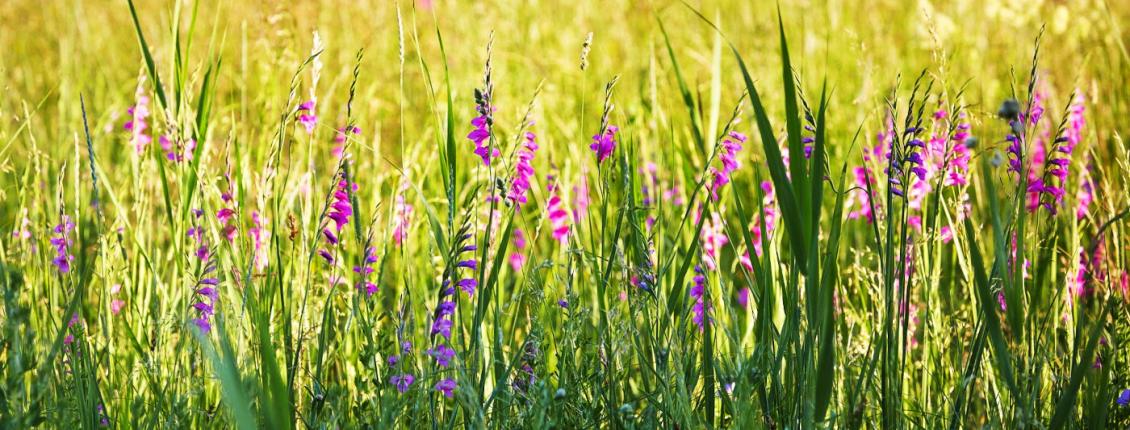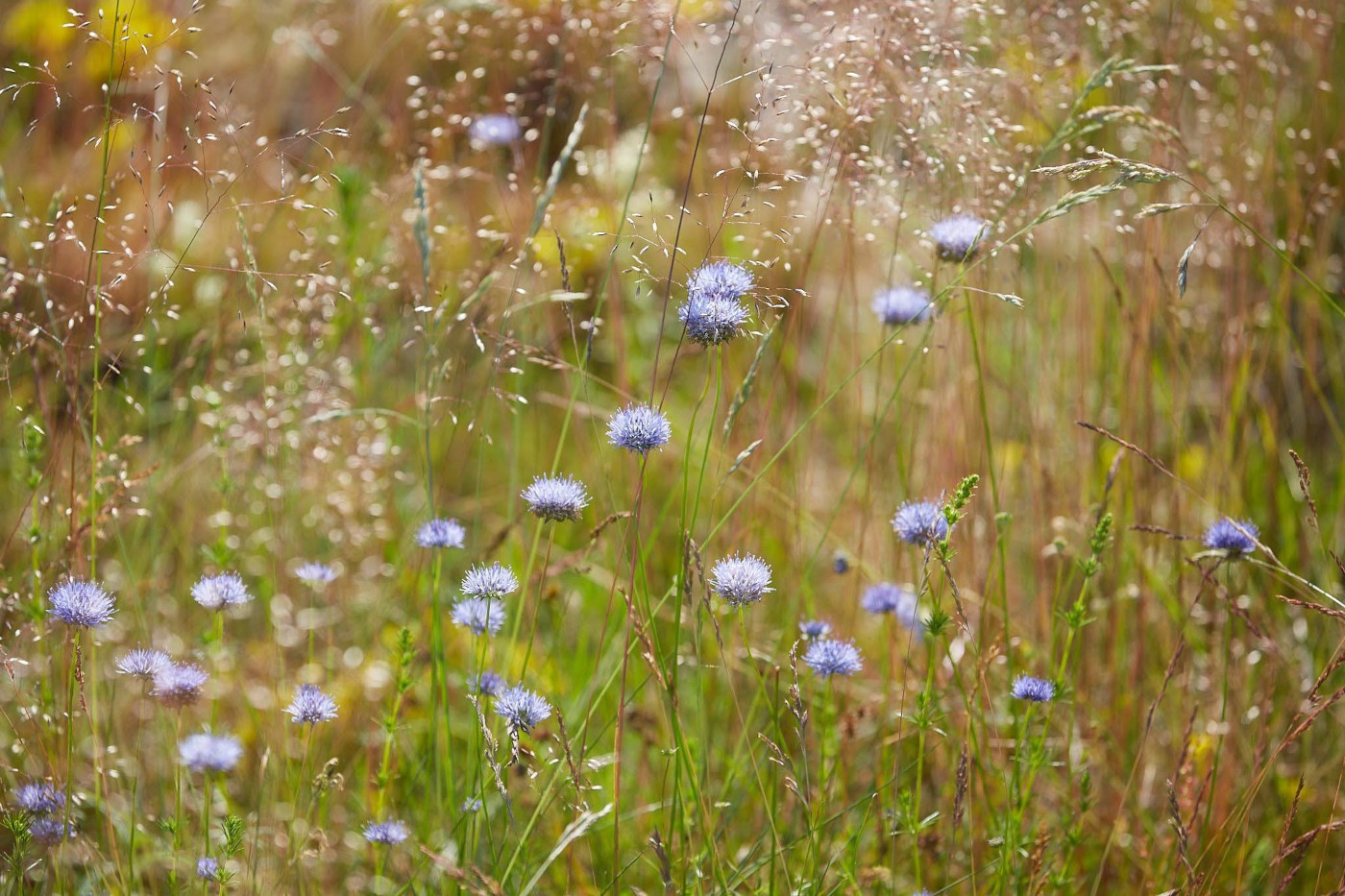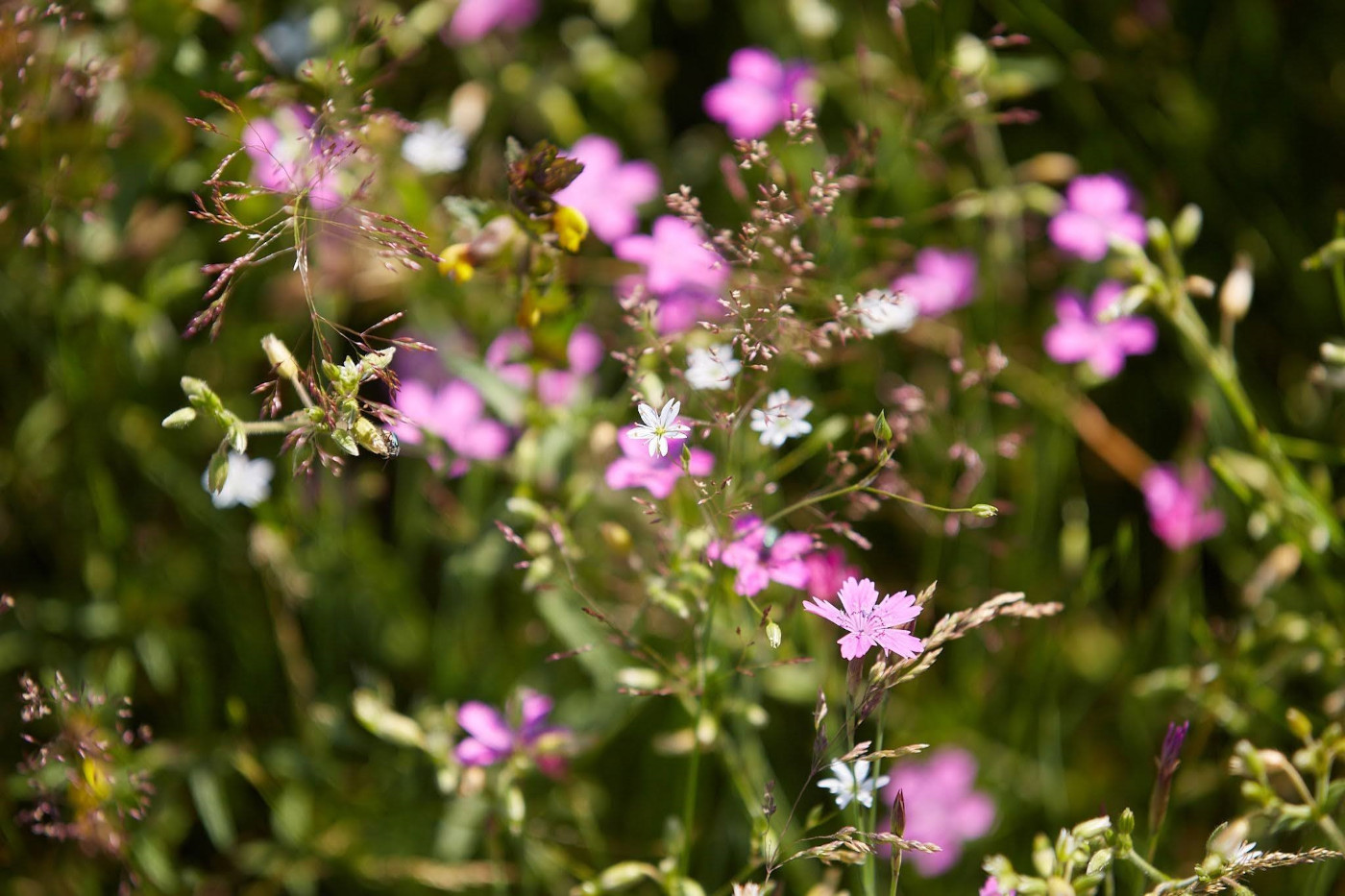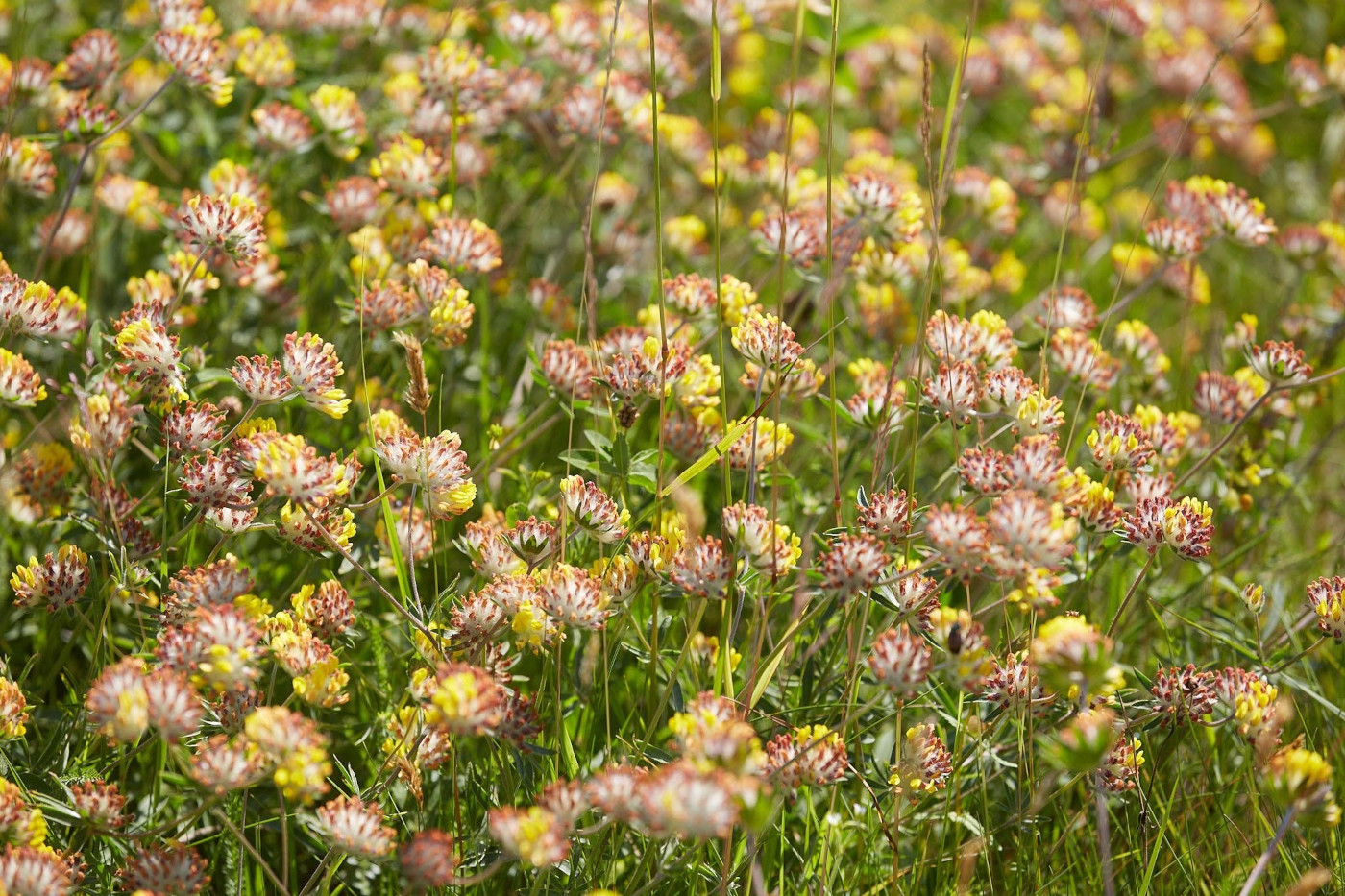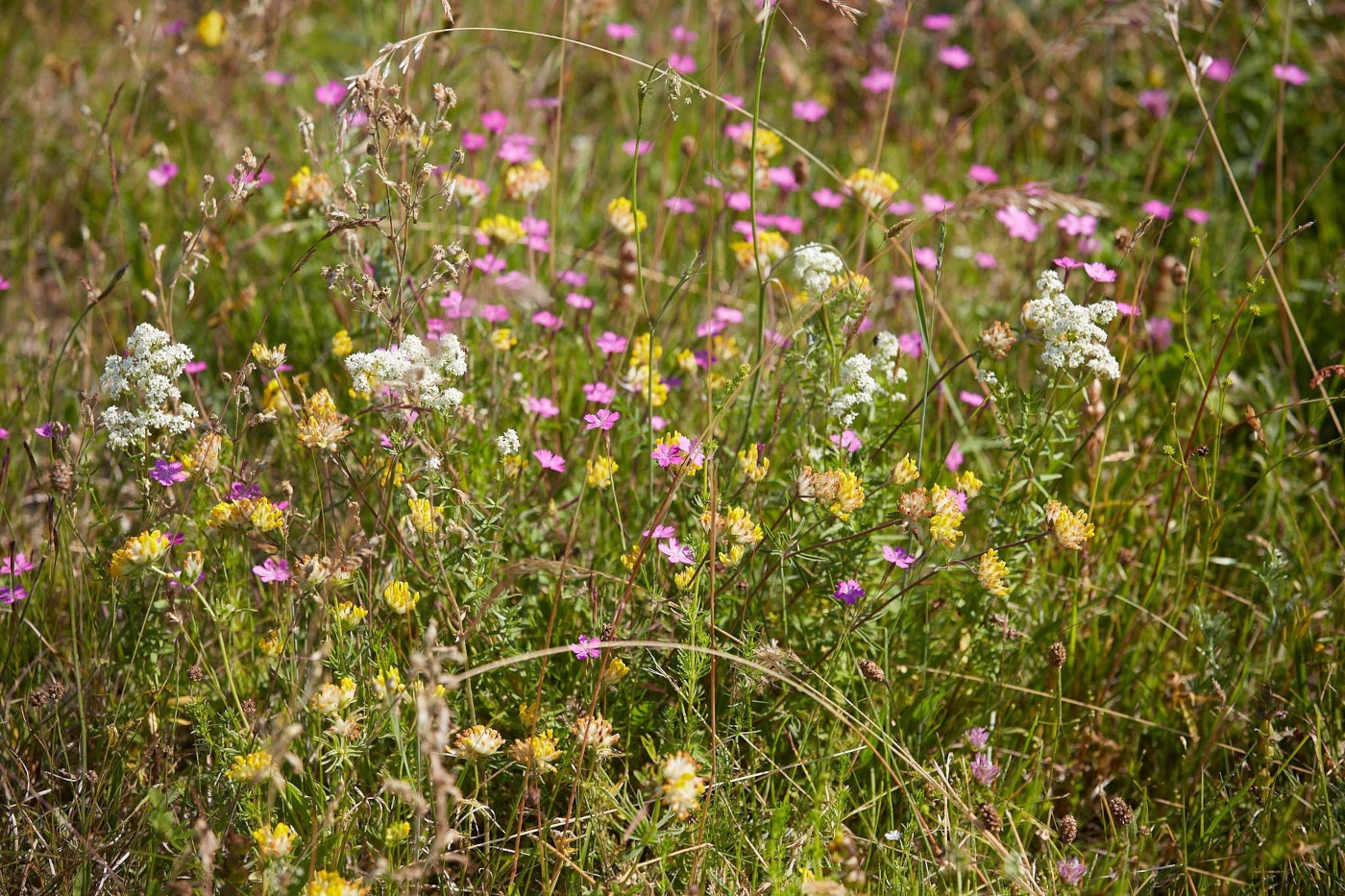October 9, 2025
Liis Kasari-Toussaint
Estonian grassland managers’ voices are now heard worldwide!
A research article based on a nationwide survey explored how managers of Estonian semi-natural grasslands assess current conditions and support schemes, and what could be improved in the future to ensure the continued provision of ecosystem services and the preservation of cultural heritage.
The article, “Challenges and solutions in managing semi-natural grasslands: insights from Estonia” was published in the well-known international journal Biological Conservation.
Semi-natural grasslands have developed over centuries through moderate mowing and grazing. These species-rich meadows are among Europe’s most important habitats, yet over the past century nearly 90% of their area has been lost – mainly due to agricultural intensification and the decline of traditional mowing and grazing practices. This study is based on 280 online questionnaires and 91 interviews with grassland managers, providing a comprehensive overview of their motivations, challenges, and expectations. The survey was originally conducted for a report on the sustainability of semi-natural grassland management in Estonia (Holm et al., 2019).
The results show that although managers value biodiversity, traditions, and landscape aesthetics, several factors hinder sustainable management – low profitability, rigid management requirements, limited advisory services, and complex administrative and land rental issues.
The authors emphasize that future policies should be more flexible and effective, better reflecting both ecological and socio-economic factors. Result-based subsidies, improved advisory services, and stronger collaboration between managers, landowners, and authorities could significantly support the long-term preservation of semi-natural grasslands.
Many of these principles are already being implemented in the LIFE IP project “ForEst&FarmLand”, which is piloting a result-based support scheme and promoting diverse management practices. The project has also developed an innovative grassland rental application and launched an advisory service for landowners. However, a fully effective system that truly supports land managers still needs further development
This research provides valuable insights not only for Estonia but also for other European regions where similar semi-natural grasslands require effective and sustainable management plans.
